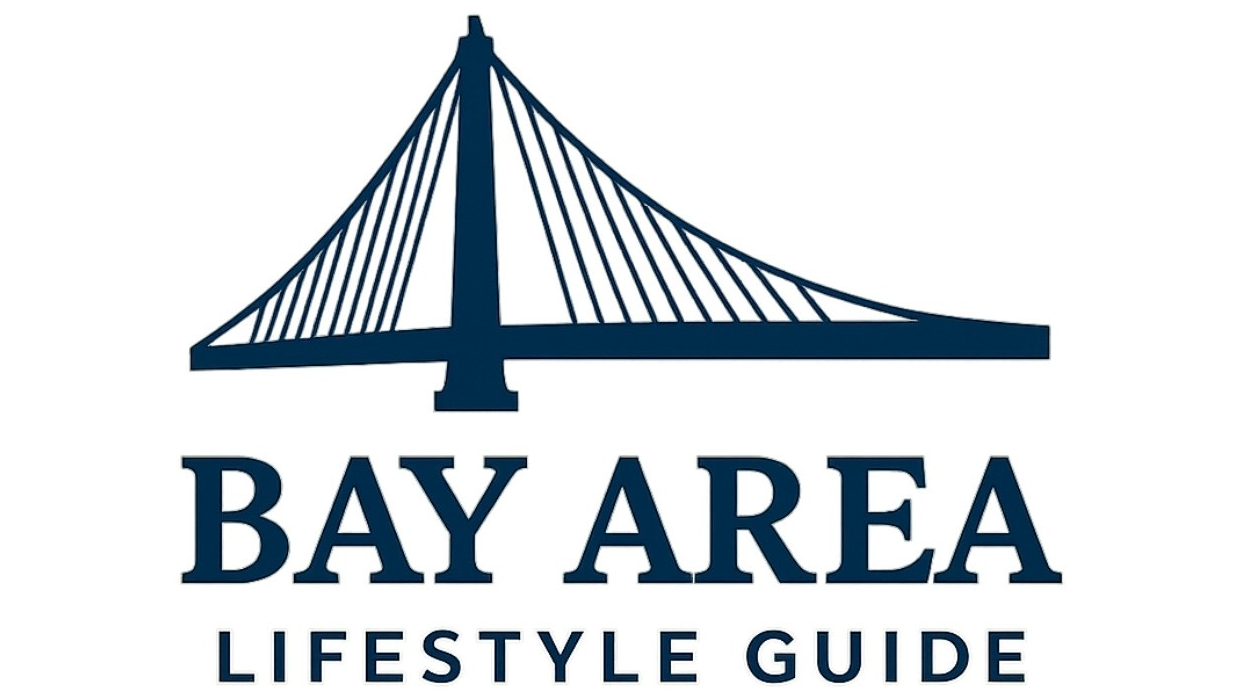
Celebrating Cuban Jazz in Monterey: A Musical Crossroads
This year, the Monterey Jazz Festival is celebrating its 68th anniversary, and while it continues to be the longest-running jazz festival in the world, a significant shift is occurring behind the scenes.
After the unexpected departure of artistic director Darin Atwater, Bruce Labadie has taken the helm to guide this storied festival into a new epoch. With his vast experience as an arts programmer, having led venues like the Mountain Winery and the San Jose Jazz’s Summer Fest, Labadie is tasked with curating a lineup that represents both tradition and innovation.
Bringing Cuban Talent to the Forefront
One of the most exciting developments at this year’s festival is the emphasis on Cuban talent. The festival's theme aligns closely with the “Rumba y SFJAZZ” program taking place at SFJAZZ, showcasing a vibrant collection of Cuban jazz musicians. From renowned names like Alfredo Rodríguez and Dayramir González to emerging artists, the festival is a testament to the rich musical heritage that Cuba has contributed to the jazz world.
The Pacific Jazz Café, an intimate venue within the festival, serves as the backdrop for many of these performances. It facilitates a close connection between artists and audience, allowing for an extraordinary experience steeped in musical intimacy.
Unpacking Cultural Narratives
The narratives woven through the stories of artists like Rodríguez and González highlight essential cultural contexts. González notes the differences in their backgrounds despite sharing the same musical education. For him, the discrepancies in privilege emphasize the wider socio-economic disparities present in Cuba.
This intersection of music and personal history is indicative of jazz’s ability to bridge divides and foster understanding among diverse groups. Such narratives make the festival not merely a series of performances, but a poignant exploration of identity and community.
A Catalyst for Artists and Audiences
The inclusion of Cuban music at an iconic festival such as Monterey underscores jazz's ongoing evolution and significance in connecting communities. Through performances that celebrate both artistic legacy and contemporary voices, the Monterey Jazz Festival becomes a space for reflection and celebration of cultural diversity.
As these talented artists share their stories through music, audiences are invited to participate not just as spectators, but as communities engaging with the cultural fabric that jazz has woven throughout history.
Future of the Festival: A New Artistic Direction
Looking forward, the festival appears to be at a crossroads, and the new leadership will undoubtedly shape the artistic vision for years to come. The festival board has remained quiet on the reasons for Atwater’s departure, creating a sense of speculation about its future direction.
However, with Labadie’s rich experience and the infusion of Cuban talent, there is a palpable excitement around its revitalization. As Bruce Labadie prepares to announce his vision, the anticipation builds for a festival that embraces both its storied past while reaching for the future.
Join the Celebration
This year’s Monterey Jazz Festival serves as more than just an event; it’s a celebration of cultural resilience and the deep connections we forge through art. Whether you are a longtime jazz enthusiast or a newcomer to the genre, the festival promises to offer enriching experiences that speak to the heart of community life.
For those in the Bay Area, this is an opportunity to participate in a thriving local arts scene that showcases the best of what jazz has to offer. Mark your calendars for Sept. 26-28, 2024, and immerse yourself in the sounds and stories that define this remarkable festival.
Join us at the festival to experience the magic of jazz and the unique narratives that accompany each performance!
 Add Row
Add Row  Add
Add 



Write A Comment